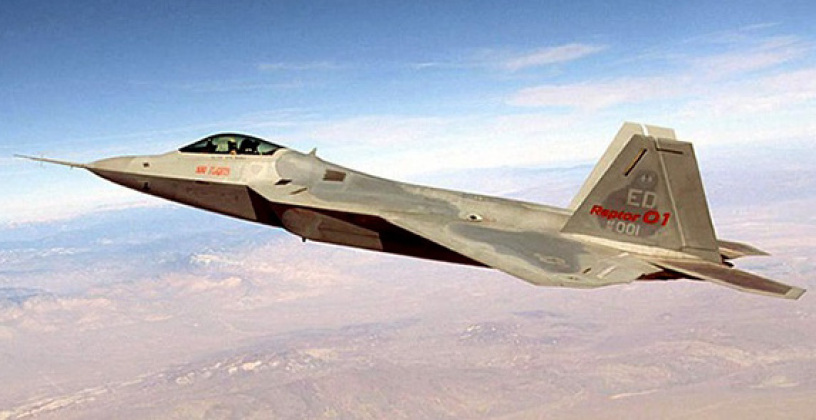News
The U.S. Air Force First Started Receiving F-22s 20 Years Ago: 2023 Marks Both First Missile Action and First Retirements
The deployment of the F-22 Raptor on February 4 to shoot down a meteorological balloon over the Atlantic Ocean marked the first time the fifth generation fighter class was used to neutralise an aerial target – the precise role for which it was developed as an air superiority fighter. The date was notably less than one month after the F-22 marked 20 years since its first delivery to the U.S. Air Force, which first received the aircraft at Nellis Air Force Base, Nevada, on January 7, 2003. This was over five years after serial production of the class had begun and close to 13 years after the Raptor made its first flight in 1990. Although budget cuts and a contracting defence sector delayed its entry into service considerably, the F-22 was originally developed to counter the Soviet Su-27 Flanker – a fourth generation air superiority fighter which entered service in 1984 and was considered unrivalled in its capabilities at the time. The American fighter had a much shorter range than the Su-27, and lacked helmet mounted sights meaning it could not engage targets at extreme off boresight angles as the Flanker could. It nevertheless had the advantages of stealth capabilities and access to an electronically scanned array radar which provided an important edge in beyond visual range engagements.

Although the F-22 was first delivered in January 2003, it would be almost two years before it gained even a limited initial operating capability – with this achieved only in December 2005. This was a full 15 years after its first flight in September 1990, and compared poorly to its fourth generation predecessor the F-15 which had entered service less than three years after its first flight. The F-22’s extremely protracted development meant it entered service with computer architecture and avionics which were already considered well out of date – the lack of helmet mounted sights being a prominent example. The delays heralded multiple operational issues the fighter would face, which affected areas ranging from the Raptor’s network centric warfare capabilities, which were very limited, to its availability rates and maintenance needs which were both by far the poorest in the U.S. Military, and even the health of pilots’ lungs with an endemic condition coming to be known as ‘Raptor cough.’

20 years after the first F-22s were delivered, the fighters are scheduled to begin retirement from service within months despite even the earliest airframes having completed just a fraction of their service lives. With the aircraft considered far from cost effective to keep operating, not only were orders given to cut production in 2009, less than four years after it entered service, but the Air Force would even resume orders for the F-15 while retiring the F-22 – buying more of the Cold War era fighter design and removing from service the successor aircraft it already had. The F-22 has had a highly troubled two decades since the first units were delivered to the Air Force, culminating in confirmation in 2021 that the fighters would not be part of the service’s future, and the announcement in 2022 that they would begin retirement the following year. The overwhemgily problems with the F-22 have ultimately placed greater pressure on its lighter single engine counterpart the F-35, and on the upcoming NGAD sixth generation fighter, to counter new generations of Chinese stealth aircraft where the Raptor fell short.












